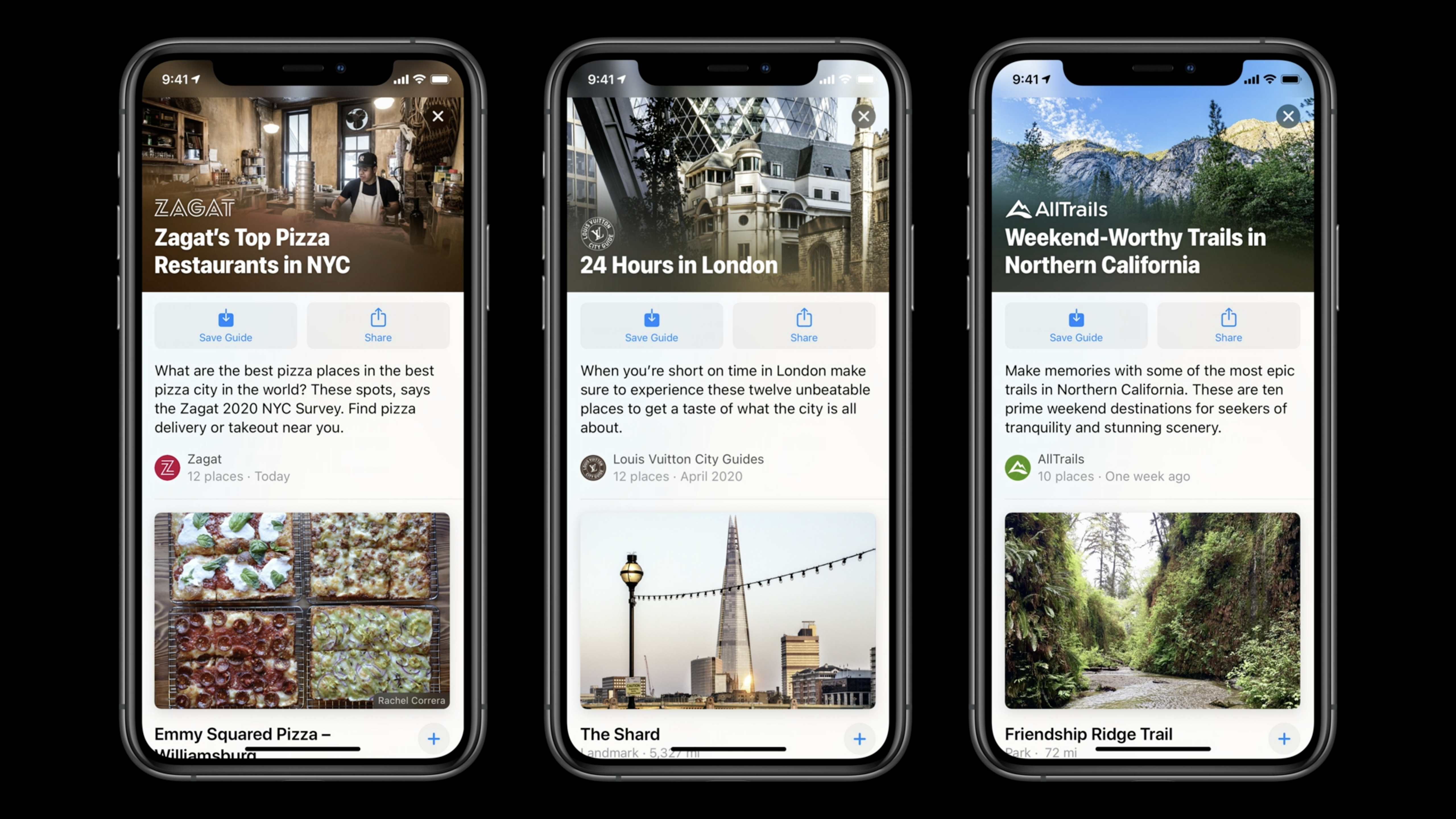Smart grill maker Traeger has bought wireless meat thermometer company Meater, which it says marks the next step in creating the “ultimate connected grilling experience.” Traeger allows users to monitor and control connected grills through a smartphone or Apple Watch. Bringing Meater on board will help people to get an accurate temperature reading for their food from just about anywhere, Traeger said.
Meater makes several Bluetooth and WiFi-enabled thermometers, while Traeger currently only sells wired thermometers. Traeger said the acquisition will enable it to “accelerate entry into the adjacent accessories market with a highly complementary technology-enabled product.” It’s unclear whether Traeger plans to bundle Meater products with its grills or sell them separately — Meater will continue to run as a standalone company. Still, it wouldn’t be surprising to see Traeger integrate Meater readings into its own apps for a more seamless outdoor cooking experience.
Smart grill maker Traeger has bought wireless meat thermometer company Meater, which it says marks the next step in creating the “ultimate connected grilling experience.” Traeger allows users to monitor and control connected grills through a smartphone or Apple Watch. Bringing Meater on board will help people to get an accurate temperature reading for their food from just about anywhere, Traeger said.Meater makes several Bluetooth and WiFi-enabled thermometers, while Traeger currently only sells wired thermometers. Traeger said the acquisition will enable it to “accelerate entry into the adjacent accessories market with a highly complementary technology-enabled product.” It’s unclear whether Traeger plans to bundle Meater products with its grills or sell them separately — Meater will continue to run as a standalone company. Still, it wouldn’t be surprising to see Traeger integrate Meater readings into its own apps for a more seamless outdoor cooking experience.Read MoreConsumer Discretionary, Investment & Company Information, Technology & Electronics, Handheld & Connected Devices, site|engadget, provider_name|Engadget, region|US, language|en-US, author_name|Kris Holthttps://www.engadget.com/
